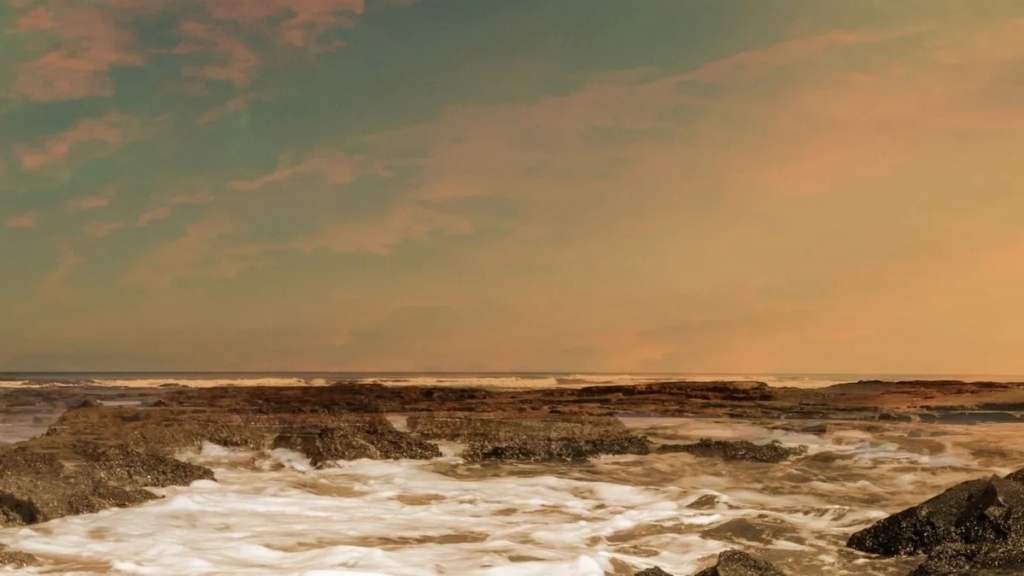
New findings provide insight into ancient Martian oceans
A groundbreaking discovery by scientists using data from China’s Zhurong rover suggests the presence of a 3-billion-year-old buried beach on Mars. This revelation adds to the growing body of evidence that water once played a significant role on the red planet.
Tracing the history of water on Mars
In the 1970s, images from NASA’s Mariner 9 orbiter confirmed that water had once shaped Mars’ surface, resolving a long-standing debate about the planet’s watery past. Since then, scientific discoveries have traced the presence of water back 4.5 billion years through Martian meteorites. More recently, ice deposits found beneath impact craters suggest that some water still exists beneath the surface today.
The latest study, published in the Proceedings of the National Academy of Sciences (PNAS), was led by Jianhui Li from Guangzhou University in China. The research team, which included both Chinese and American scientists, analyzed data from the China National Space Administration’s Zhurong rover, revealing evidence of an ancient Martian shoreline.
Zhurong rover’s major discovery
The Zhurong rover landed in Utopia Planitia, Mars’ largest impact basin, spanning approximately 3,300 kilometers in diameter. Scientists have long debated whether the vast ridges in this region—believed to be paleoshorelines—were remnants of a global ocean that once covered the northern third of the planet.
Using ground-penetrating radar, the rover examined buried rock formations along a 1.3-kilometer transect near the basin’s edge. The data revealed multiple reflective layers extending at least 30 meters below the surface, sloping gently toward the basin. This type of geological layering is characteristic of beach deposits formed along Earth’s coastlines, further supporting the idea of an ancient Martian ocean.
What this means for Mars’ history
Mars’ Noachian period (4.1 to 3.7 billion years ago) is widely recognized as a time when the planet had abundant surface water. However, the presence of stable water during the Hesperian period (3.7 to 3 billion years ago) has been more uncertain. While catastrophic flooding events have been recorded from this time, scientists previously believed Mars had largely dried up by then.
The discovery of what appears to be an ancient beach challenges this notion, suggesting that liquid water may have remained on the planet’s surface much longer than previously thought. This raises the possibility that Mars could have supported habitable environments well into the late Hesperian period.
The search for ancient life
Scientists have long focused on Mars’ sedimentary rock formations in their search for signs of past life, as these formations often preserve biological and chemical markers. The NASA Perseverance rover, for instance, is currently exploring a delta in Jezero Crater, another site believed to have once held a large body of water.
With Zhurong’s findings, the possibility of life in Mars’ distant past becomes even more intriguing. If an ancient ocean existed for an extended period, it could have provided a stable environment for microbial life to develop.
Further exploration and analysis of Utopia Planitia and other potential paleoshorelines will be essential to understanding Mars’ climatic history. Future missions, both robotic and potentially crewed, could offer even deeper insights into the planet’s past and its potential for life beyond Earth.
As the search for answers continues, Zhurong’s discovery marks a significant step in unraveling the mysteries of Mars’ ancient oceans and the role they may have played in shaping the planet’s history.






